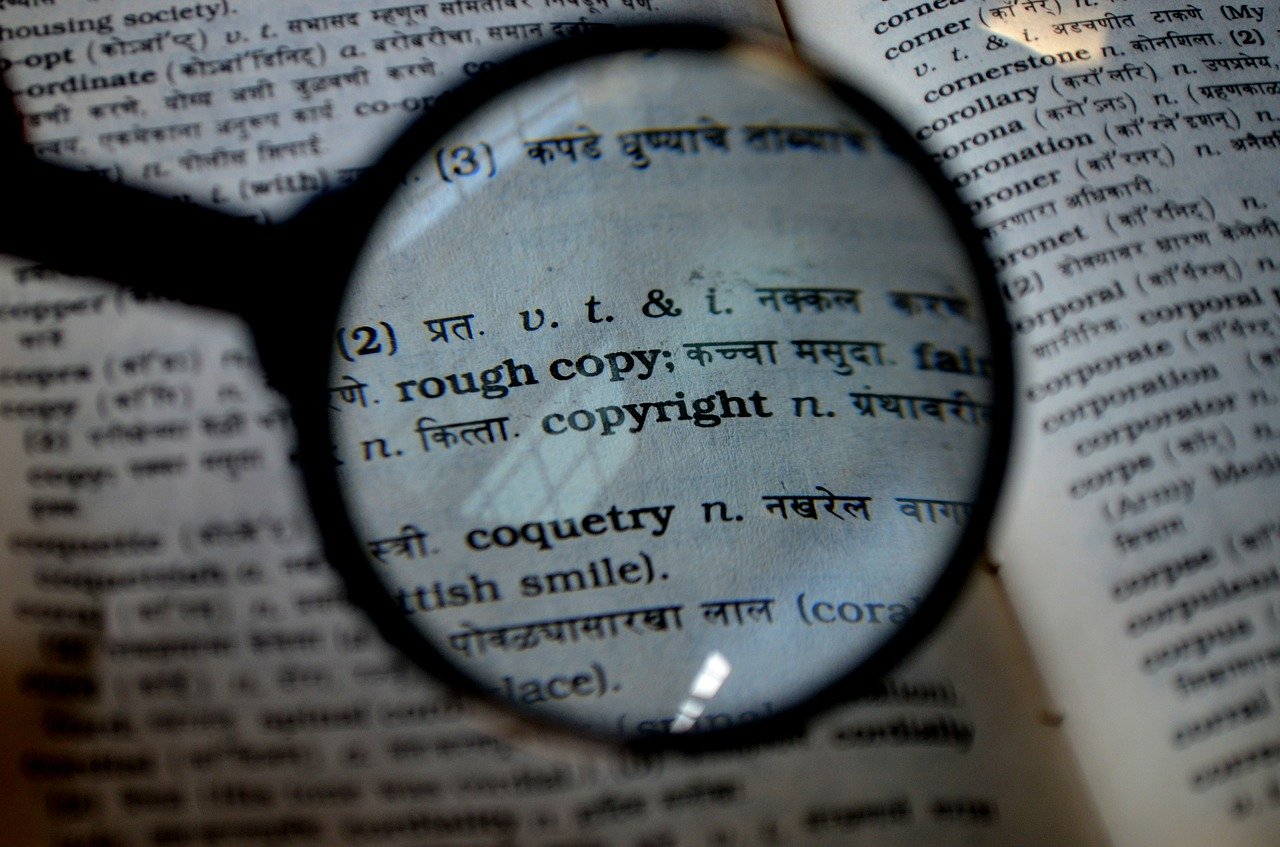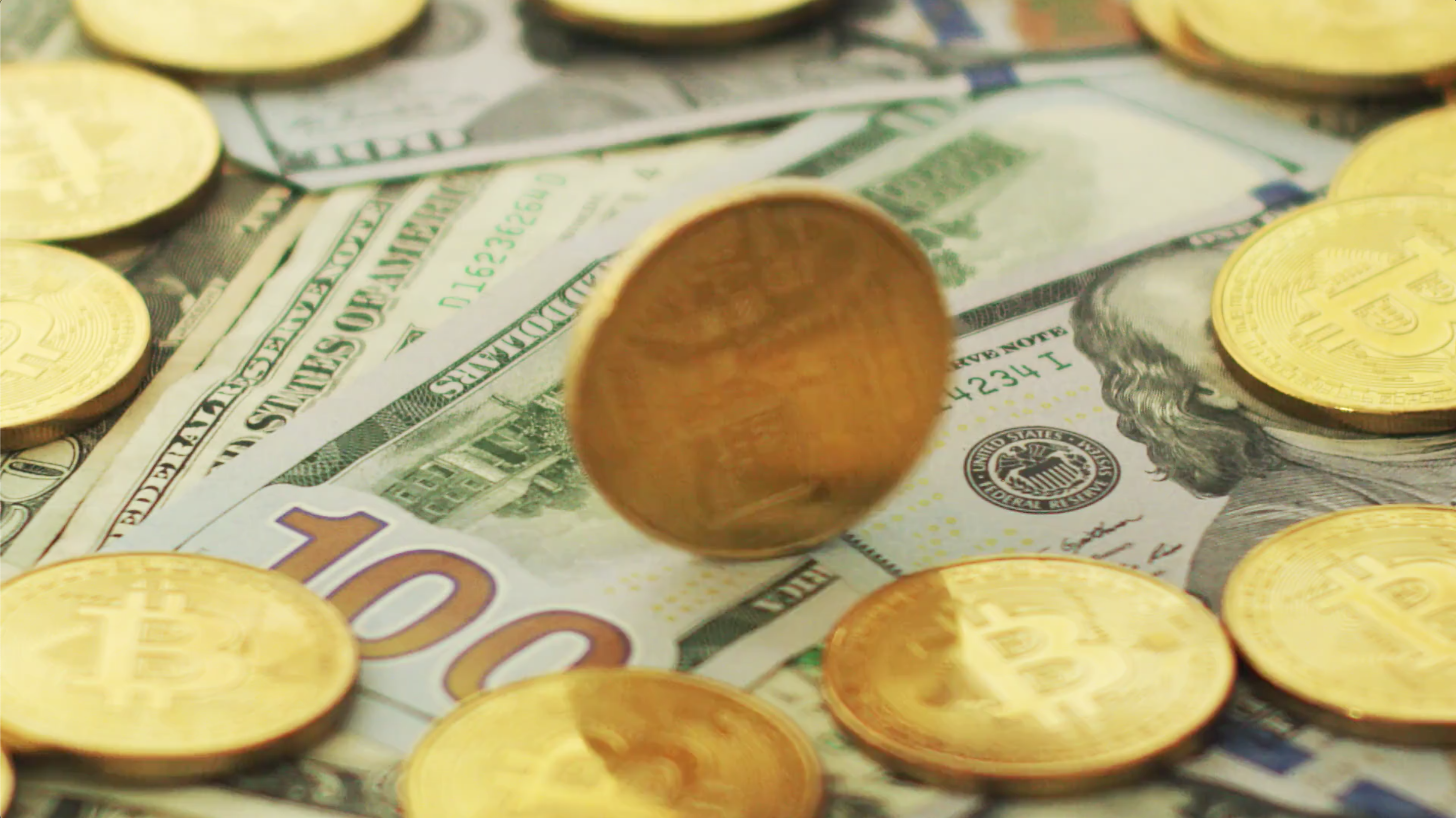
How blockchain copyright protection can fight piracy
Blockchain can help protect content creators and artists from pirates. How does blockchain copyright protection work?
Copyright is still an issue today, and artists and companies are still struggling to get pay for their work and products. But the good news is that blockchain copyright protection is now available and can change that story, forever.
First, let’s give an example oh how the blockchain technology is transforming copyright protection all over the world.
In December, the famous cartoonist Gary Larson, declared that his favourite comic strip, The Far Side, will be available online, with fresh content.
Larson long resisted the appeal of the online as a result of concerns of how his work would be used, and requestion websites to not use his strips from that a late-90s as an “unauthorized” reproduction. He asked, “Please, please refrain from putting The Far Side on the web,” he wrote. ” These cartoons are my ‘children’ of sorts, and like a parent, I’m concerned about where they go at night without telling me.”
So this examples leaves us with the following question: “If more famous struggle with copyright infringements, where does that leave the rest of us?”
Fortunately, copyright protection is just one of the more fascinating use cases of blockchain, and we are already seeing its possible effect, with a variety of organizations exploring the idea.
Here is how blockchain can alter the way we manage copyrights for intellectual property, and how blockchain technology in transforming copyright protection, using examples from bigger publishers.
Why do you need blockchain copyright protection?
To answer how and why we need to use blockchain for copyright protection, we first need to understand the basics of blockchain technology.
Blockchain utilizes a decentralized model that produces a ledger. The distributed ledger records the listings in a way that nobody can ever alter them, and all this need to be confirmed by consensus.
For artists and founders, there are obvious advantages; using blockchain, they can basically timestamp a the creation of something (and after revisions), supplying evidence of possession of the creation. That info will be immediately made public, and could effectively be immune from tampering or alteration.
That evidence of initial ownership is essential if battling piracy and implementing rights claims. A few blockchain copyright service offer you the capacity to determine prospective rights problems –such as somebody seeking to enroll an already-listed product or work, or unauthorized use of a picture –and alert that the first proprietor. Blockchain technology will not eliminate piracy entirely, but it might provide tools for IP owners to enhance and guard their rights.
Smart contracts are another extraordinary feature of blockchain. It enables the ledger to execute transactions between different individuals when certain conditions are met.
Who can help you enhance your blockchain copyright protection?
Many organizations are already researching the way how to use blockchain for copyright protection.
For example, the nonprofit Content Blockchain Project is centred on developing an open standard called the International Standard Content Code identifier, that could be utilized for all sorts of media–such as text, songs, pictures, and movie. The initiative expects to supply the core infrastructure for this system, such as smart licenses for trades.
Po.et is just another project that sees a route to some “better internet” through real-life ownership, in addition to monetization and detection performance. Its own “Proof of Existence” protocol was constructed with these tenets in your mind; although it was initially intended to be built on Ethereum, the team partnered with blockchain development platform Echo and will tie its potential to Bitcoin.
Pixsy is a blockchain-driven service centred on pictures, and it is a thorough offering: it monitors over 50 million pictures throughout the world wide web daily to locate cases of breach of registered images. If it finds an unauthorized usage, Pixsy’s copyright attorneys can ask for fees on your behalf.
Another company is GoChain, a venture blockchain solutions firm which operates with these customers as Lenovo and Microsoft, in addition to Rights Chain, which utilizes blockchain as only 1 part of its own rights management platform (alongside electronic signature technology ). Even giant Sony Music Entertainment Japan has turned to blockchain to get a digital rights management (DRM) solution, employing an Amazon Internet Services-based system to guarantee ownership rights.
China wants copyright protection using blockchain
Copyright law may be complex, and it is different in each country, but it is necessary because it enables artists to sign their work as intellectual property.
The potential of blockchain technology in transforming copyright protection is under a magnifying glass, but we are a long way from mass adoption of using blockchain for copyright protection.
For instance, China’s courts have recently employed a blockchain-based method for demonstrating ownership and handling proof in copyright infringement disputes. China explicitly said that it wants more blockchain in its systems.
A Chinese author, Chen Hongyan has utilized the system to conserve considerable time and money in the process of Implementing IP rights, a part of a broader movement to utilize the blockchain to automate judicial procedures from major Chinese cities.
If this procedure takes off, we might see it used all over the world.







